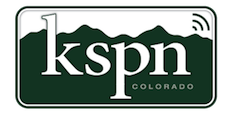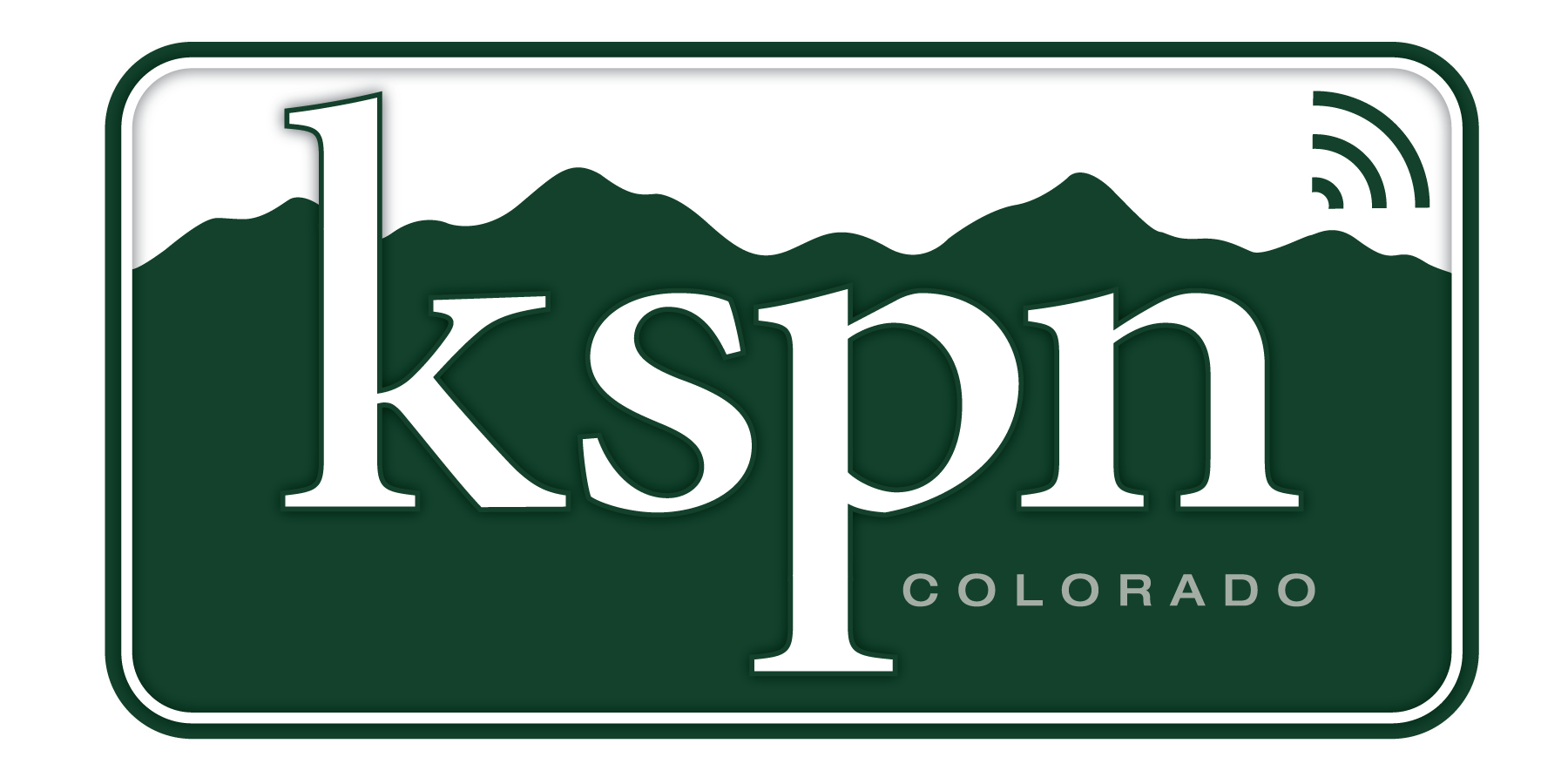
For a young kid, it was a world of treasure, my grandmother’s garage. It wasn’t her garage, per se, but it belonged to the family, which was, if not married or dead, living together in the big house on Bleeker Street. They were all born on the Stapleton Ranch, out where the airport is now, in the 1880s and ’90s. Long-timers or Aspen natives might be the proper terms — “locals” hadn’t been invented yet. Great-grandpa Stapleton got here in 1880.
They sold that ranch in 1944 or ’45 to the Biggs family, of Biggs-Kurtz Lumber out of Grand Junction, and moved to the Bleeker Street house. As might be expected, they brought a few things from the ranch along with them, although it was sometimes difficult to tell what might have come from the ranch or got acquired after the move to town. It doesn’t matter now — they’re all dead and that stuff has been scattered to the four winds.
To be perfectly clear, it wasn’t originally a garage, but rather a carriage house. You know, a place where they parked the family carriage. Being out on Second Street, it was a bit of a slog to town for necessities, so they’d take the carriage for the heavy and/or bulky stuff. But that was before grandma’s time on Bleeker Street.
It had morphed into a garage by the time I was a kid rummaging around — my great-uncle Jim parked his big, green, 1935 Dodge sedan in there, until his death, at which time his sister Julia took the spot over. Grandma had a 1939 Ford, which she parked out on the street, and my great-uncle Tom had a 1948 Jeep, which he parked alongside the entrance to the garage. Cars we’d kill to get hold of today, but they weren’t a big deal back then. They all bought new cars in the ’50s.
There was a big, sliding door (kind of like today’s pocket doors) that opened for car (or carriage) access, but to the left there was a normal-sized door (a “man door” people today call it) and it got used a lot by yours truly.
Hanging just to the left of the small door as one entered were four helmets — two of them miner’s helmets with carbide lamps — the third and fourth were infantry helmets from WWI. Uncle Jim and his brother Tim had served (and survived) in the Great War, as it was called. A buddy and I got those carbide lamps working one time, but after getting a lecture about trying to burn the place down, they mysteriously disappeared.
Things ranchers need but don’t do anyone much good in town hung there. There were a couple of lariats, a halter or two, a pair of batwing chaps and the leather strap that held the base and weight of the flagpole that uncle Jim carried in the Fourth of July parade every year.
My grandmother and her sisters would take me to the corner of Main and Second Street, just so we could watch uncle Jim lead the parade, riding a big stout horse with the American flag unfurled above his head, waving in the breeze. He was a big deal.
After uncle Jim died, I held onto that flag holder for a number of years, looking forward to the day I would lead the parade with the flag. Typically, it disappeared somewhere along the way, and in the 20 or so years I rode horses in the parade, I only carried the flag once.
Also of compelling curiosity to me, hanging on that wall, were two pairs of snowshoes, hand-laced models with a wooden frame. Leaned against the wall next to them were several pairs of skis, the kind with a nipple on the tips. And the small pair, the ones I started using on Little Nell when I was 3.
There was the small wooden bin where, according to legend, the oats were kept for the horses hired to pull the carriage. It was lined with metal, had a lock on top and served quite well as a workbench for a kid my size.
On the end of the garage, longitudinally opposite the car parking space, there were two rooms used at one time, in likely reality, by hired personnel of some sort for living space. One of the forerunners of employee housing, no doubt, as there was old wallpaper on one of the walls. Another sister, my great-aunt Marie, had turned those rooms into a chicken house, with a large, wired-in run for them east of the building.
Aunt Wee, as she was called, loved those chickens, fed ’em every morning, and I’m fairly certain it caused her heart some palpitations when one of them got served on those holiday weekends we gathered at grandma’s house for Sunday dinner. Paired, of course, with a glass of chokecherry wine, made by uncle Tom.
Tony Vagneur writes here on Saturdays and welcomes your comments at ajv@sopris.net.

